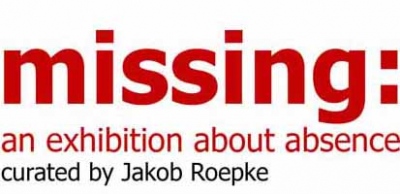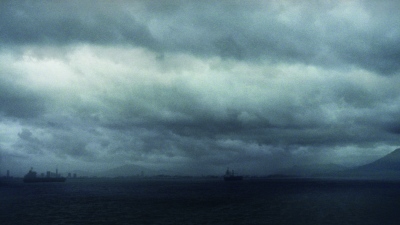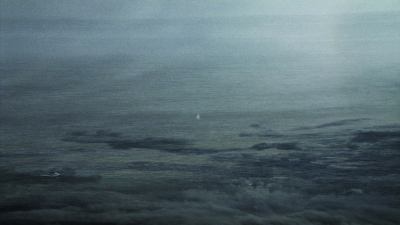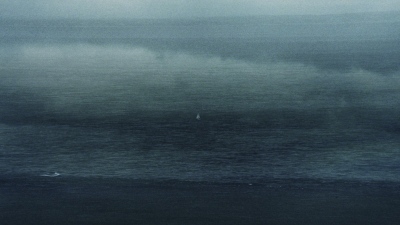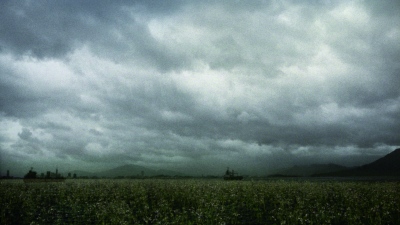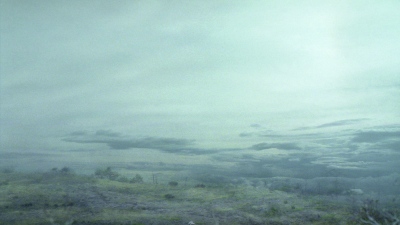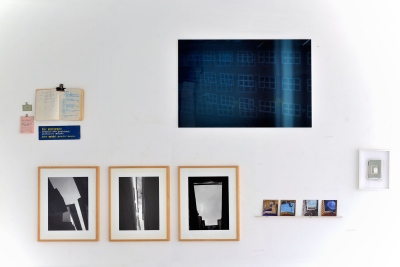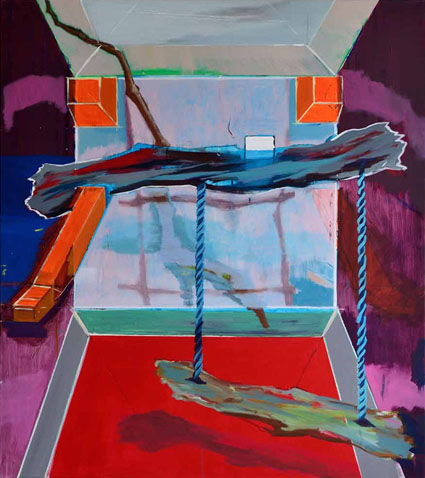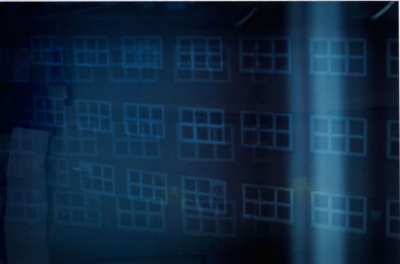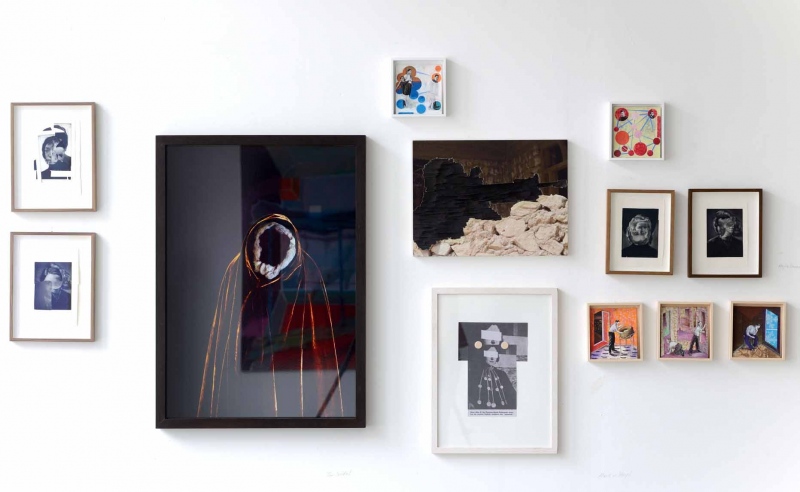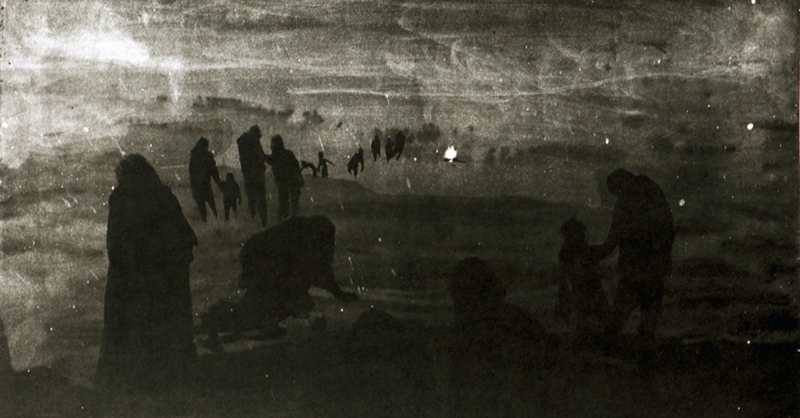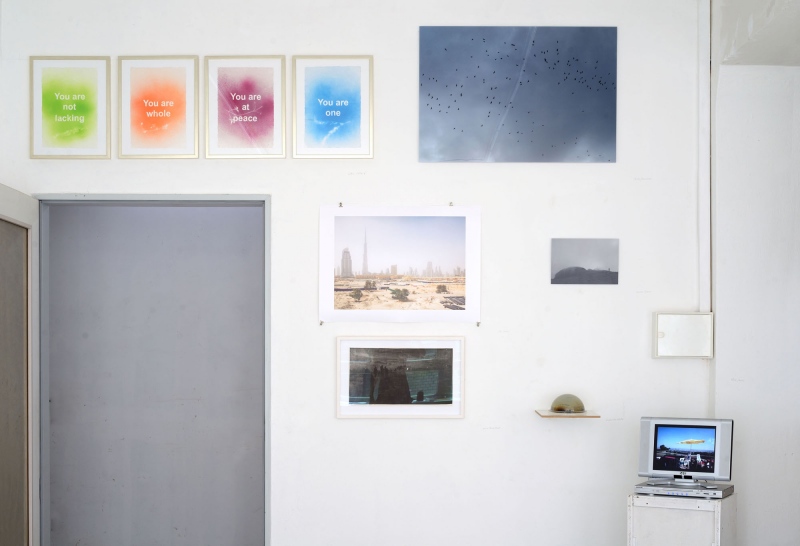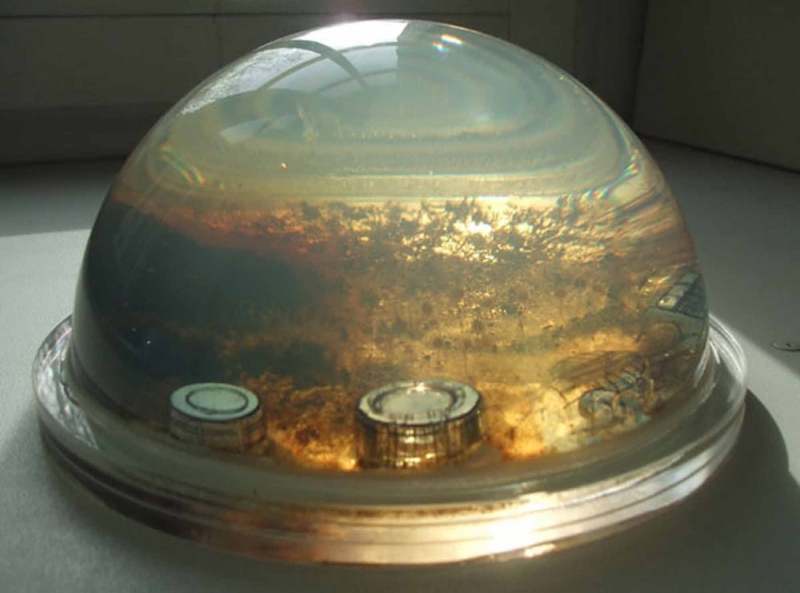bb
With works by:
Nora Mona Bach Silke Bartsch, EMC Collard. Marie von Heyl, Kane Do, Margret Holz, Ieva Jansone, Friedrike Klotz, Karen Irmer, Susanne Pomrehn, Hermes Payrhuber, Uwe Jonas, Gero Neumeister, Jakob Roepke, Tor Seidel, Majla Zenel
Photodocumentation by Rita Richter
The Issue:
Missing implies a former or future state of completeness: Now something is missing that should be there, because it used to be there. Now something is still missing, but later this lacking state will be healed, fulfilled and completed. The term “missing” thus deals with questions of both formal and emotional qualities.
Seen from a formal angle it may rise thoughts about missing parts in a compostion, parts that have been taken away or will still be completed, parts that are not longer perceivable as they are covered, e.g. painted over or covered with other material.
Yet already in a “merely formal” approach, questions of narration and emotions do arise: Why has this been covered or extinguished ? What was there before? Why can’t we see it? Why do we feel the urge to restore the whole picture, the whole composition and are not content with the beeing state of art?
So “missing” mostly might go along with a disturbing feeling of deficiency and inadequacy but also with feelings of hope and expectation. “Missing” might mean something (or someone) that ought to be there and might even express a feeling of longing and nostalgia thereby hinting at ideas of utopia and salvation.
The Exhibition (as shown in 2013 at Gerichtshöfe Berlin)
Formalities:
Works on this wall (image below) describe a void, an empty location, a thing missing. Sculptor Margret Holz ( below, left, 3 works) has a formalistic view on the issue, drawing our attention to the missing bits between house walls, depicting clearly shaped bits of sky. In Margret Holz’ photos the void between the houses is transforming into the actual object in question. No longer the architecture of the various European cities is the focused object of research but the various “negative” shapes of sky between it. Showing several series of various architectural provenience she is comprising a catalogue of how you can perceive the sky depending where in Europe you are.
New York artist Hermes Payrhuber’s work (right, white frame) is called “Abwesenheitsnotiz”, which can be translated by “note of absence” but is also the name of that obsolete office paper through which you would be noticed what happened while you were missing from the office. Payrhuber’s “Abwesenheitsnotiz” is a self-referential pile of photos of an object (which itself is called “void”) from which the actual object is cut out), the framed object thus being a placeholder and reference to another object, which is only portrayed in it’s absence.
A real “Abwesenheitsnotiz” ( a pink writing pad “ while you where out” from a pre-digital age) is sampled among the found objects on the same wall (collected by Jakob Roepke). Other found obects from the group (small works left) are a recipe of an old cookery-book (with it’s ink so blurred that it can’t possibly be read and used for cooking), a plaque (disclaiming liability for lost objects), and a tiny card from a bible-quiz (quoting “Verbrannte Bücher”- burned books, which ,of course, in Germany alludes to an certain dark period in history).
Small sized collage paintings by Jakob Roepke,( from his series of interiors, populated by men, strange shapes and animals, 4 small works right) are now changing his narrations in a new way. Unlike in all his other pictures in this exhibition we see empty scenes, quasi waiting for their tiny protagonists. In Roepke’s other collages in the exhibition parts of the image are painted over leaving us wondering about underlying former states of works.
Text by Jakob Roepke
works by (left to right)
Jakob Roepke (found objects),
Margret Holz ("Paris", "Bergen", "Basel", 2012, photographies
Ieva Jansone, Schwarm I, 2003, C-Print
Jakob Roepke (still unnumbered collages, 2013, paper,gouache
Hermes Payrhuber ("Abwesenheitsnotiz", 2005, Photography, wood, paintedwhite)
(above:Silke Bartsch,"Cage 9", 2011,oil on canvas, 135 x 120 cm)
An actor is absent, which leaves us more time to wonder about his habitat: Silke Bartsch’ paintings make us look at the function or disfunction of so called functional architecture and constructions like zoo cages for primates and fun-fair installations for primates like us. What becomes of these mono-functional arerangement once the monkey is gone or the happy visitor is not coming? Is the monkey happier without his cage and is an empty fun-fair a sad scene?
The large sized photo by Latvian artist Ieva Jansone is showing a swarm of windows, flying by, addressing poetic feelings of vanity, distance and nostalgia: Home is no longer what it used to be, what used to be a fixed point has now turned futile.
Ieva Jansone , Schwarm I, 2003, C-Print
(above: Majla Zeneli untitled., 2012, Collage with MezzotintoTir Seidel,"Portrait 5/3/10 (2012), Gero Neumeister:"bellum1" , 2012, c-print on wood, Mariev.Heyl: "thin air", 2013, collage, Jakob Roepke: painted-over collages, Nrs. 1302 , Nr.1303, paper,gouache on cardboard
Perceptions and Constructions of Identity:
Majla Zeneli (2 frames right and left) and Gero Neumeister (hotizontal frame above) taking it deconstructively, making us trying to complete the whole picture “as it was”. The human perception of face and person always strives to see a complete and whole picture. A pirate with one eye and the one-armed-bandit is irritating let alone the disturbing images of soldiers by Gero Neumeister, showing only black wholes in a scene, where the assumed combatants used to be. Neumeister’s relief-pictures, using well-known photos from current or recent war, make us think these cavities stand for now dead people, hereby associating his works to the documentary photos of shadows of the dead in Hiroshima and the petrified inhabitants of Pompej
Thinking about the dead as missing: Even if also a photo always sooner or later becomes a relic, Majla Zeneli’s collaged mezzotinto-engravings using old portrait-fotos do to my mind rather deal with the ideas of identity and how it is defined by our perception and construction. Her anew arranged portraits are both puzzling but make us look closer: we find recurring parts and features in the various faces, we always want to imagine the whole face. I am sure Rudolf Arnheim and his Gestalt theory of visual perception could have a word or two to this matter.
In the context of the exhibition Zeneli’s portraits and some of Gero Neumeisters soldier pictures are put in the context of portrait, person(ality) and identitiy together with Marie von Heyl’s Collage of a clairvoyant (white frame), Jakob Roepke’s partly overpainted collaged figurines and Tor Seidel’s constructed portrait-photography (big dark frame).
Susanne Pomrehn "evolved 4", "revolved 1", revolved 5 (2011), photoprint, cellartape
Gero Neumeister "bellum4", "bellum 2", 2012
Hope, Loss and Utopia:
Susanne Pomrehn’s ornamentally cut-out press-photographies (above, left), showing prevalent scenes of the so called Arab spring are situated on the same wall as they also show persons but more in a sense of personnel of political incidents. Compared to Gero Neumeister’s dark “personal remainings” the cut-outs by Susanne Pomrehn are not only formally but also in a polical meaning dialectically opposed: whereas Neumeister shows victims of political struggles Pomrehn makes us think hopefully of personal development, the cut-out figures gone missing from their oppressive unfolding like butterflies from their cocoons
NoraMona Bach: "Kolonne", 2012, lithography
Nora Mona Bach like Zeneli a printmaker, deals with the dismal and melancholy aspects of the show’s issue. Her dark lithography (titled “Kolonne”, above) shows a group of more or less isolated individuals moving towards an unseen destination, fleeing through a dark haze that could be smoke. They only appear like silhouettes but by size and posture we can tell some are older, some children. Nora Bach’s gloomy scene in the show is placed in a context of both loss and hope. Juxtaposed to this scene of loss and poverty is a recent photo by Tor Seidel, documenting the proceedings on a Dubai building site (below center). This desert city has become a synonym for anticipated future wealth. The desert sand in the foreground, through which we might well see stumble Nora Bach’s “wretched of the earth”, opens the stage for gleaming high-rise buildings: “Castles in the Sky” or “The heavenly Jerusalem”?.
Nora Bach: “Kolonne”, 2012, Lithography
Nora Mona Bach like Zeneli a printmaker, deals with the dismal and melancholy aspects of the show’s issue. Her dark lithography (titled “Kolonne”, above) shows a group of more or less isolated individuals moving towards an unseen destination, fleeing through a dark haze that could be smoke. They only appear like silhouettes but by size and posture we can tell some are older, some children. Nora Bach’s gloomy scene in the show is placed in a context of both loss and hope. Juxtaposed to this scene of loss and poverty is a recent photo by Tor Seidel, documenting the proceedings on a Dubai building site (below center). This desert city has become a synonym for anticipated future wealth. The desert sand in the foreground, through which we might well see stumble Nora Bach’s “wretched of the earth”, opens the stage for gleaming high-rise buildings: “Castles in the Sky” or “The heavenly Jerusalem”?.
Emily Collard, "affirmative 1,2,3 and 4", 2013 akrylic gloss paint on paper
Tor Seidel, Desert Cities 9, Photo
Ieva Jansone,"Schwarm II", 2013, C-Print
Karen Irmer Man of Minune, Distinctly and Visible, Photo
Friederike Klotz: o,T, 2013, 8 cm ,17 cm, Acrylic and Mixed Media
Uwe Jonas: Kobenzl, 2012, video
.
Also EMC Collard’s typographical works (above left), hung like domestic blessings above the entrance, deal with the utopian aspects of the subject. Her sweetly coloured mantras (“You are one”, “You are whole”, “You are at peace”, “You are not lacking”) promise something apparently impossible in mankind’s current state of deficiency. The short video “Kobenzl” by Uwe Jonas (above right), placed in neighbourhood to these utopian images, is showing a conciliatory scene: Kobenzl is the name of an old-fashioned getaway in the hills outside Vienna, where old people meet to sing nostalgic songs of their bygone younger days. Listening to these songs all we see in the video is a flattering parasol and a peaceful countryside, leaving us with an air of vanity.
Also the sculptor and object-maker Friederike Klotz (see image below) chooses a poetic or enigmatic approach with her tiny hardly visible miniature landscape in glass-jar (above). Misssing is here used in the sense of not-perceivable, as we are trying to look as close as possibly to catch a glimpse of this concealed world.
Friederike Klotz: untitled, 2013, acrylic and mixed media, 8 x 17 cm
jakob.roepke(at)gmail.com
0049(0)179 7408623
Instagram: jakob roepke berlin
